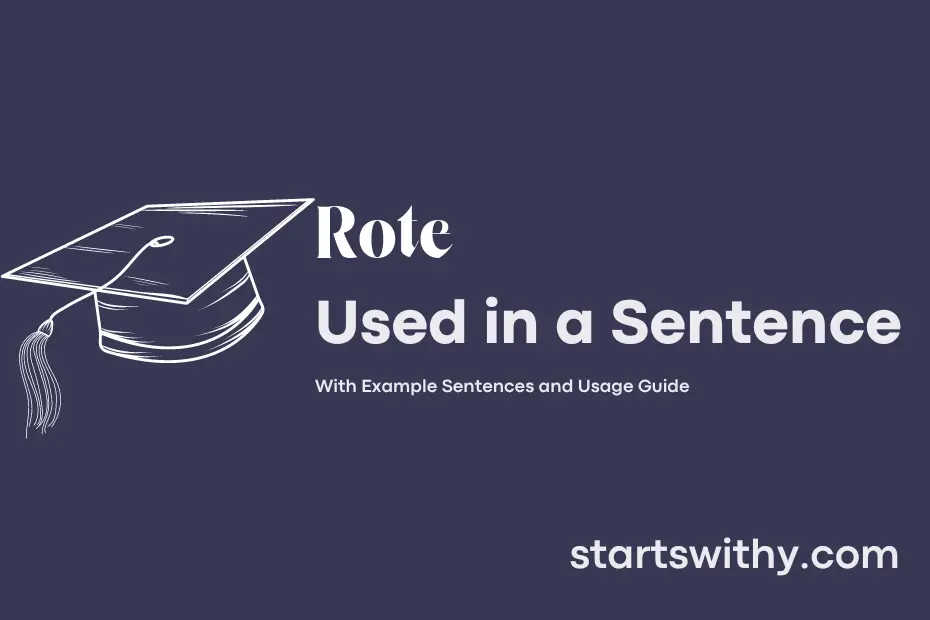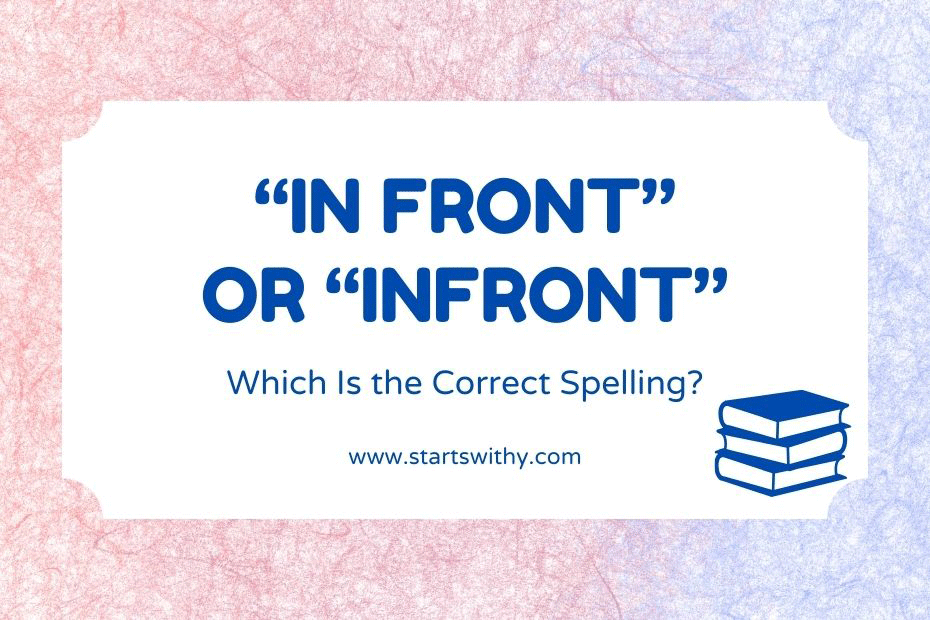Ever felt stuck in a repetitive cycle when learning something new? That’s what we call rote learning – the act of memorizing information through repetition without fully understanding the concepts.
In rote learning, the focus is primarily on memorization rather than comprehension. This method is often criticized for its limited effectiveness in promoting deep understanding and critical thinking skills.
7 Examples Of Rote Used In a Sentence For Kids
- Rote learning helps us remember things easily.
- Practicing the alphabet daily can be done through rote.
- We can learn counting by rote in a fun way.
- Singing nursery rhymes is a good way to learn through rote.
- It’s important to revise through rote to remember better.
- Reciting tables by rote can make math easier.
- Daily revision through rote will make learning more enjoyable.
14 Sentences with Rote Examples
- Rote learning may help you pass exams, but it’s important to also understand the concepts.
- Some students prefer rote memorization while others rely on critical thinking skills.
- It’s common for Indian students to rely on rote learning for subjects like history and geography.
- The rote memorization method can be useful for revising formulas in mathematics.
- Many students resort to rote learning when preparing for multiple choice exams.
- Engineering students often rely on rote learning due to the volume of information they need to memorize.
- Rote learning could be detrimental in subjects that require understanding and analysis.
- Memorizing vocabulary through rote learning can be helpful for language exams.
- Some students use rote learning as a last-minute study technique when short on time.
- While rote learning may provide quick results, it may not lead to deep understanding of the subject.
- The Education system in India is often criticized for promoting rote learning over critical thinking.
- It’s important for students to strike a balance between rote learning and conceptual understanding.
- Students who rely solely on rote learning may struggle with problem-solving tasks.
- Teachers should encourage students to move beyond rote learning and engage with the material in a meaningful way.
How To Use Rote in Sentences?
To use the word Rote in a sentence, follow these steps:
-
Understand the meaning: Rote refers to the mechanical or habitual repetition of something to memorize it without necessarily understanding the meaning or logic behind it. It is often associated with memorizing information through repetition.
-
Identify the context: Consider the situation in which you would like to use the word Rote. It is commonly applied in educational settings, such as memorizing multiplication tables or reciting a poem through repetition.
-
Construct a sentence: To construct a sentence using the word Rote, think of a scenario where someone is memorizing information through repetition without truly comprehending it. For example, “She learned the song through rote repetition, reciting the lyrics perfectly despite not understanding the language.”
-
Review the sentence: Ensure that the sentence accurately portrays the concept of Rote by emphasizing the aspect of mechanical repetition for memorization purposes.
-
Practice: To further understand how to use the word Rote in different contexts, try creating more sentences that showcase its meaning and application. This will help you become comfortable incorporating the term into your vocabulary.
By following these steps, you can effectively use the word Rote in a sentence with clarity and confidence.
Conclusion
In conclusion, sentences learned through rote memorization are often recited without a deep understanding of their meaning. While this method can help with immediate memorization, it may not foster genuine comprehension or critical thinking skills. Rote learning can hinder higher-level cognitive abilities that enable individuals to apply knowledge in novel situations and think creatively.
To enhance learning outcomes, a balanced approach that combines rote memorization with activities that promote understanding, application, and analysis is recommended. By engaging with material in a more holistic manner, learners can develop a deeper grasp of concepts and skills that extend beyond the mere repetition of sentences. Ultimately, a varied approach to learning can better equip individuals to navigate complex challenges and succeed in diverse contexts.



